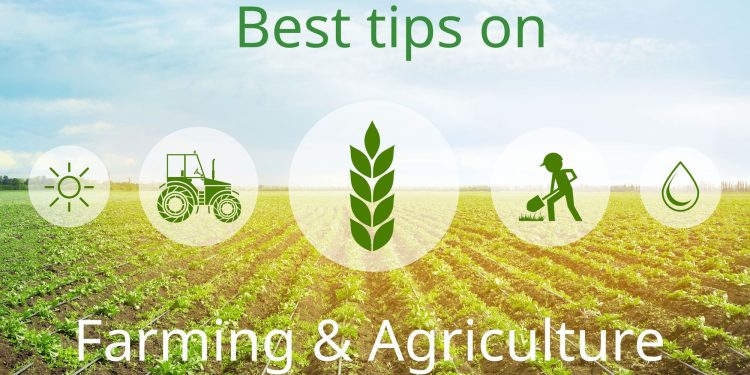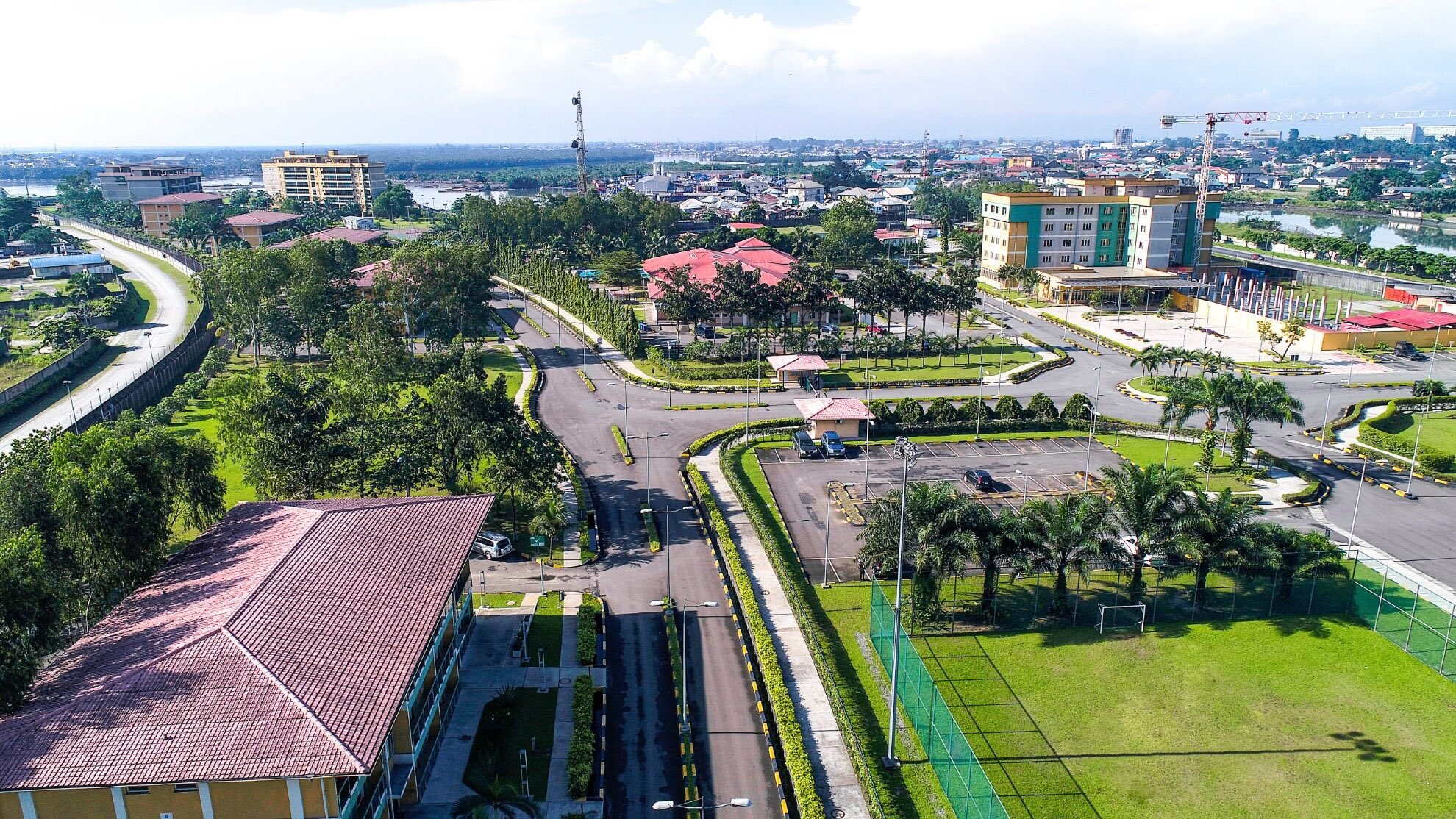Agribusiness management encompasses many aspects of the economy, agricultural producers, businesses that add value to agricultural products, and those that facilitate the marketing of agricultural products to an ever-growing marketplace.
How to manage your Agribusiness includes the following:
1. Understanding your market and your customers: One of the key aspects of Agribusiness management is understanding your market and customers. To understand the market and customers, marketers must conduct market research. Market research helps businesses understand why customers purchase specific products or brands. It is directly related to market mix, as it allows companies to make decisions about product, price, promotion, and place.
- Plan your operations: Planning is the process by which a manager looks into the future and discover alternative source of action. It involves work scheduling, processing and setting up procedures, goals or standards, preparing agendas or programs in order to achieve desired goals
3. Manage your resources: A third essential aspect of Agribusiness management is to manage your resources and optimize their use.You need to have a resource inventory that tracks your inputs, outputs, and outcomes. You also need to have a resource allocation system that assigns your resources to the most productive and profitable activities. Resource management is crucial in so many ways like ensuring water availability, controlling pests and diseases, maintaining soil nutrients and fertility and preventing soil degradation and erosion. It can also lead to increased yields, income and profits for farmers
Implement technology: Technology is very important in Agribusiness because it allows growers to be more efficient in their operations and increase their productivity. Successfully utilizing these tools will put your business ahead of the technology curve by enabling you to control your costs, grow your business, facilitate your decision, making process and reduce your impact on biotic and abiotic factors
Build Relationship: The best strategy for building strong relationships with Agribusiness customers and suppliers are:
- Understand their needs and goals
- Communicate effectively and regularly
- Deliver on your promises and expectations
D . Provide value-added services and support
F Seek feedback and improvement.
6. Adapt to change: Agricultural change refers not just to the evolution of agricultural technology but to patterns emerging from regular changes in what, where, and how farmers cultivate
This means adopting practices that reduce erosions, water, land use, nutrient loss, and plastic consumption will be important in helping agriculture adapt to the changing world.










